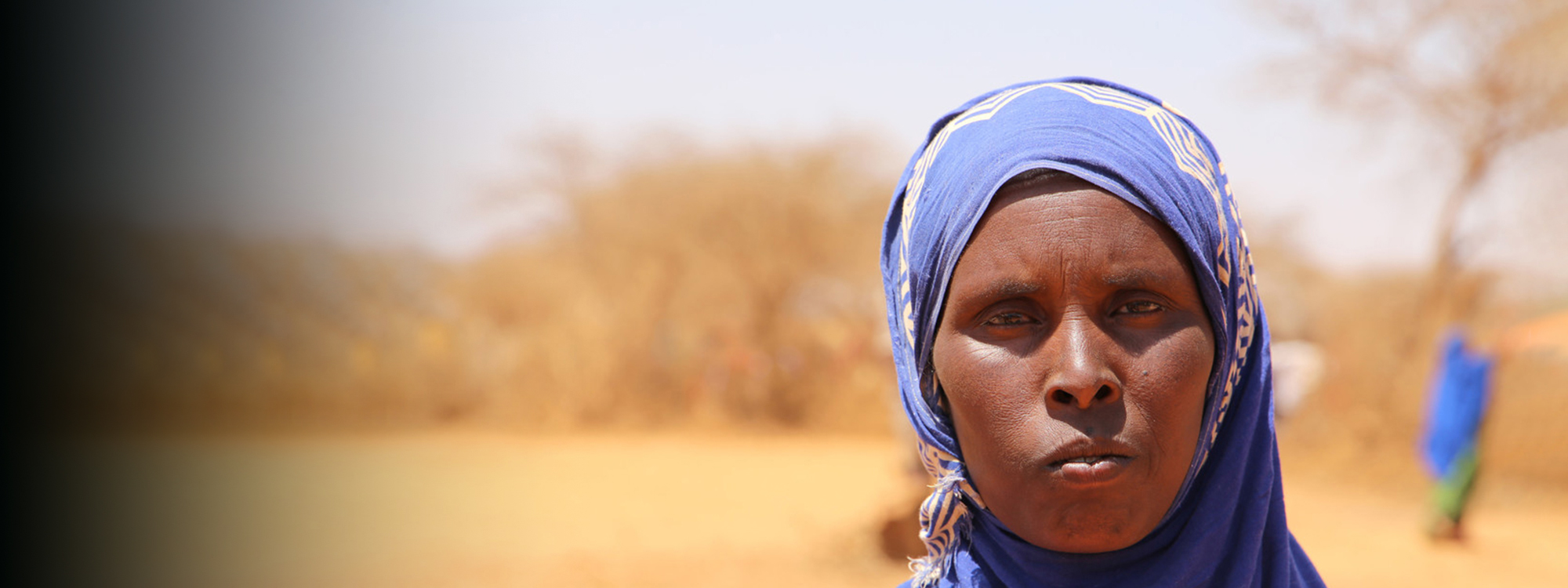“Storms are more frequent and stronger; I never saw two big storms in less than a week”, Maryuri admits as she sits outside her home – a home which Hurricanes Eta and Iota nearly obliterated in 2020, and which she luckily managed to fix using ShelterBox aid.
As years go by, we notice more destructive disasters, made worse by climate change. Read further to learn more about what climate-related disasters are, why they’re getting worse, and the role of ShelterBox in the fight against climate injustice.
What are natural hazards?
Natural hazards are extreme weather events that might lead to loss of life or extensive damage to homes and infrastructure. We’ve always had hurricanes, storms, wildfires, and floods. However, our world is currently experiencing devastation at a scale not seen before.
For example, 2020 was a record-breaking year. The 2020 Atlantic hurricane season, which ran from June to November, was the most active on record. The season produced a total of 31 storms, all but one of which became a named storm.
In fact, there were so many named storms, the 2020 season exhausted the 21-name Atlantic list. For only the second time in history, scientists had to use the Greek alphabet to name storms from then onwards. The Greek alphabet extended through the 9th name on that list with Hurricane Iota.
Why are weather events getting more destructive?
Simply put, our changing climate is making large weather events like droughts and hurricanes worse.
Rising water and air temperatures cause rising sea levels, supercharged storms and stronger winds. They also exacerbate and prolong droughts and wildfire seasons and cause heavier rains and flooding.
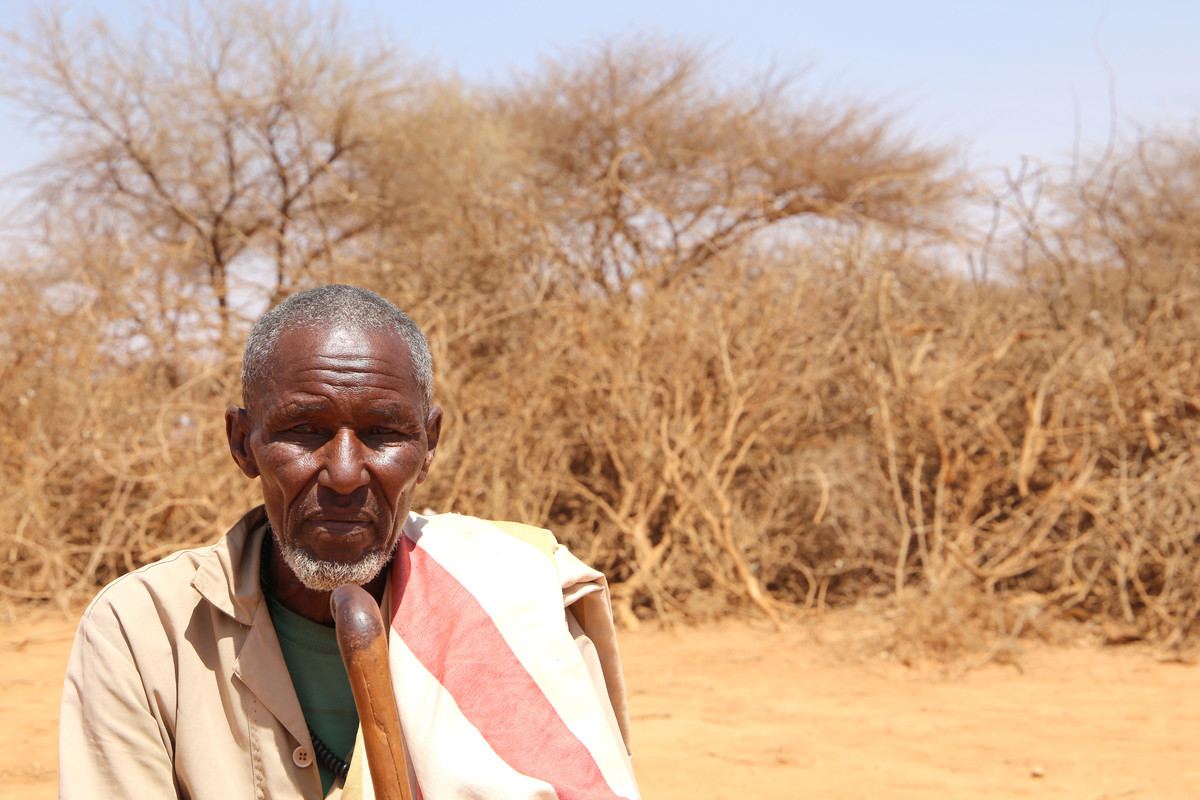
When his cattle died in the drought, Bihi from Somaliland lost his livelihood and had to move to a camp for internally displaced people. ‘We came here because we were hungry and we didn’t have any food. Since I lost my livestock, the biggest struggle is to get food for my family’, he said.
Droughts
Droughts are a natural part of our climate. They are influenced by moving weather patterns, high temperatures and lack of rain.
However, the climate crisis is increasing the severity of extreme drought in some regions around the world. The Horn of Africa, the Lake Chad Basin, and the Eastern Mediterranean have all seen the devastating effects in recent years.
Increasing temperatures, more extreme changes in rainfall patterns and less snowfall are contributing to worsening drought conditions.
Even regions that may not see changes in rainfall are feeling the impact. Warmer temperatures lead to higher demand for water and more surface evaporation. This is putting greater stress on water supplies.
One of the most devastating effects of droughts is the strain they can put on food supplies. In countries where communities don’t have reliable sources of nutritious food, droughts can cause food prices to go up. This can lead to social unrest, famine and migration.
Floods
Rising temperatures can lead to more extreme rainfall.
At the same time, the sea level rises predicted for the coming years will cause increased flooding in coastal and low-lying areas. Coastal erosion will also increase.
Flood risks are increasing across many urban and rural areas because of the changing landscape. Natural flood barriers like forests are being cut down. And expanding cities create huge areas of impermeable land where high levels of water are not easily drained away (source: IPCC).
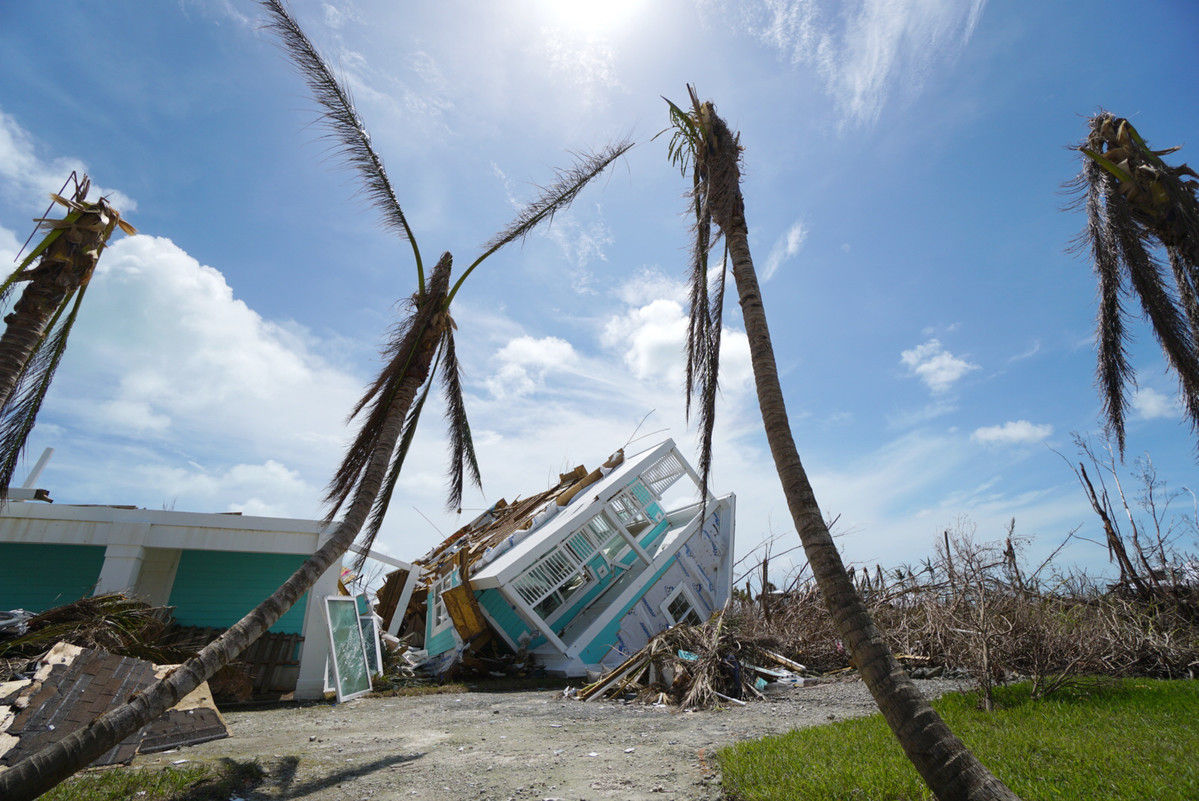
Destruction scenes in Abaco Islands, Bahamas, in the wake of Hurricane Dorian (2019). Dorian is the strongest recorded hurricane in the Bahamas’ history, with wind speeds of 185 mph and a storm surge of up to 23 feet.
Tropical storms
Tropical storms like hurricanes and cyclones are a natural part of our climate.
A common misconception is that climate change is increasing the number of tropical storms. However, that’s not exactly the case.
Warmer air and ocean surface temperatures can lead to increased wind speeds in tropical storms. So, in actual fact, climate change is causing storms to become much more intense and powerful.
This is evidenced by the fact that in recent years, we have seen far more of the highest possible categories of storms – Categories 4 and 5.
In addition, research further suggests that the climate crisis is influencing the speed of tropical storms. It’s causing them to move more slowly, leading to greater destruction.
Wildfires
Climate change and wildfires are mutually getting worse. According to a new report by the UN Environment Programme (UNEP), the risk of devastating wildfires could increase by 50% by the end of the century. Extreme drought, high air temperatures, low humidity all contribute to hotter and longer fire seasons.
Even the Arctic is facing increased wildfire risk, according to experts.
Deforestation and farming techniques such as slash and burn are also a large contributor to wildfires. In 2019 fires ravaged the Amazon Basin, destroying more than 2 million acres of rainforest.
As well as huge areas of forest, thousands of homes have been lost globally over the past decade due to wildfires.
(source: Center for Climate and Energy Solutions)
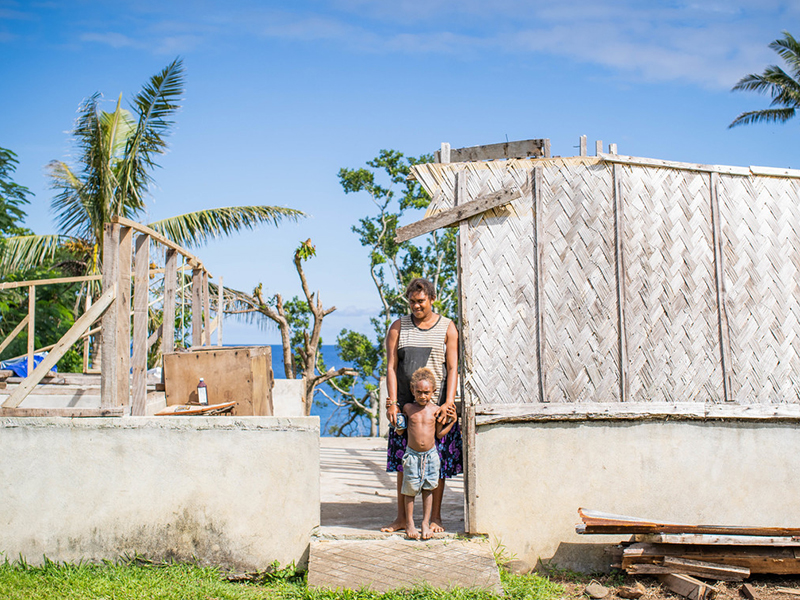
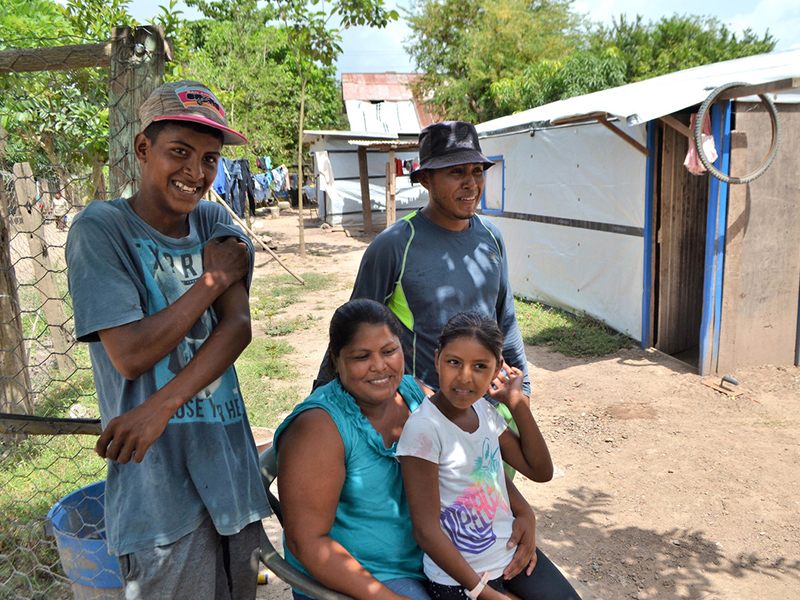
Left: Shelley, with her son Locklin at their home in Pentecost, Vanuatu. Shelley’s family was one of 2,000 households that received ShelterBox aid after Cyclone Harold hit in 2020.
Right: Maryuri sat with her children outside their home in Honduras, which they rebuilt after Hurricanes Eta and Iota in 2020.
The impact of climate change to the world’s poorest communities
Our changing climate is affecting all of us. But the tough reality is that those on the front line are often vulnerable communities in some of the world’s poorest countries.
People who farm, rear livestock, or live a nomadic lifestyle are struggling to feed their families. Communities living in low-lying coastal areas are having to face the risk of losing their homes every year. In fact, countries like the Philippines see an average of 20 typhoons hitting the country every year.
Climate change and its devastating effects play a huge part in our work here at ShelterBox. We are on the front line, helping communities in the aftermath of disasters. As climate change makes weather events more extreme, we are needed more than ever.
Explore more about how we help communities on the frontline of the climate crisis.

